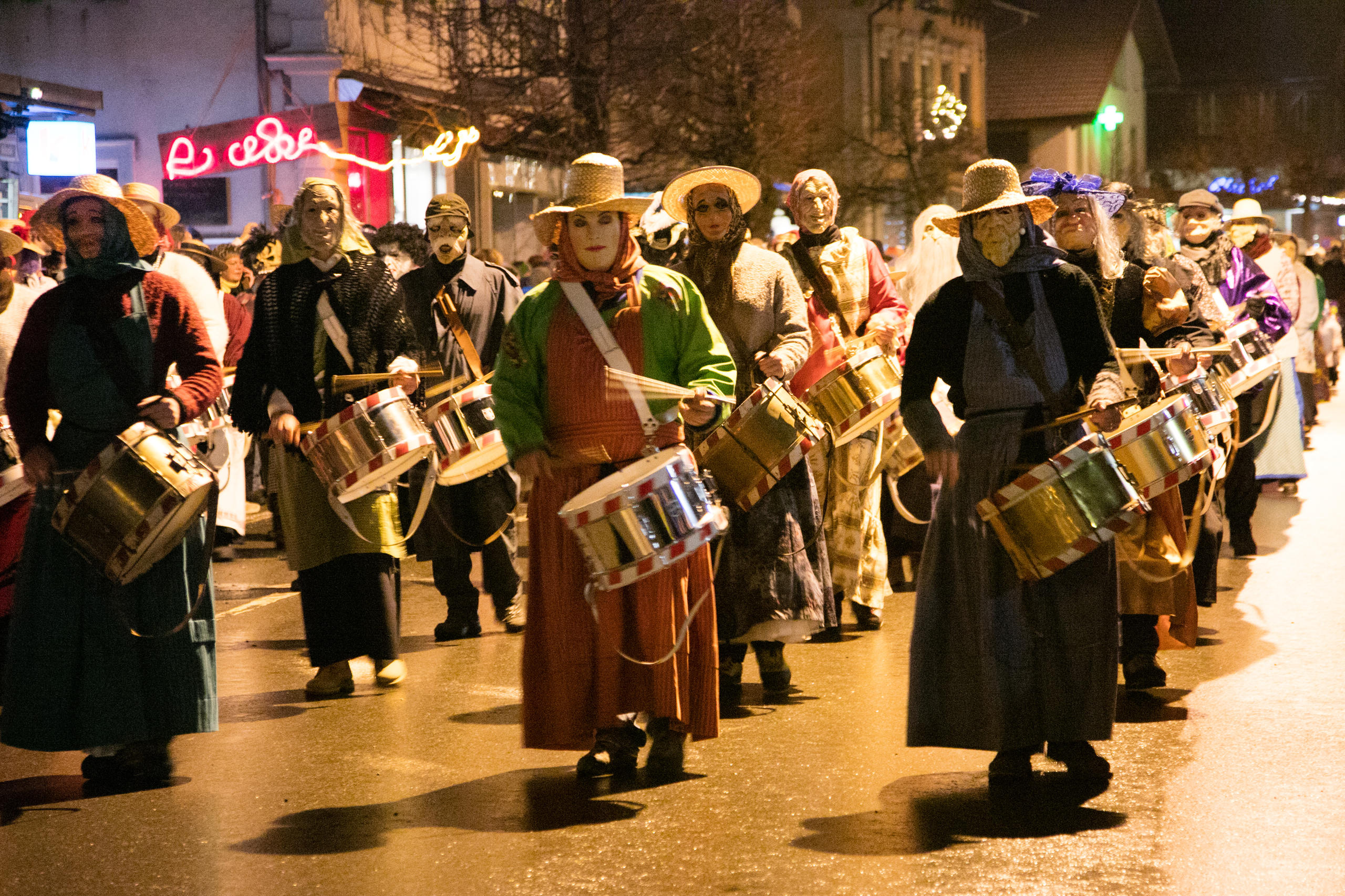City secrets uncovered

Construction workers extending a city centre parking lot have uncovered the remains of a medieval monastery, and a 16th-century town house.
The site at the Casinoplatz is now being excavated by archaeologists, who are documenting all their finds for the city’s archives.
“We have very few records of medieval Bern,” explained project leader, Armand Bäriswil. “It used to be that archaeologists were interested in the prehistoric era and Roman remains, but it’s only since the Second World War that the Middle Ages have been valued.”
As a consequence, many important clues to life in the capital in medieval times were destroyed at the start of the 20th century, when Bern underwent a building boom.
Mystery monks and a strange terrace
One thing historians have always wanted to know more about is the life of the monks in medieval Bern. In the 14th century there were three monasteries in the city, and a nunnery, which was situated where the parliament stands today.
“We know very little about the monasteries,” explained Bäriswil, “because so much was simply destroyed in the religious reformation. But we do know that there was a monastery near the Casinoplatz, and we have also been puzzling about a terrace which was constructed right here sometime in the 14th century.”
Now that parts of the terrace have been excavated, and as soon as the first layers had been uncovered, Bäriswil and his team realised what its purpose had been.
Cemetery
“The monks extended their cemetery,” he explained. “You can see the bones still, poking out there.”
Inside the tent which protects the site of the cemetery, archaeologists are also carefully brushing down stones, and scraping away at the foundations of what was clearly once a substantial building.
“This was a Bernese mansion house,” said Bäriswil. “We did have some idea of its existence, because there are old paintings of it, but we didn’t know whether it was contemporary with the monastery, or whether it was later.”
“Now we can see by the quality of the building work that it dates from the 16th century.”
Bäriswil’s team has uncovered the cellar of the house, whose fine terracotta tiled floor is still in near perfect condition.
From mansion to prison
But this building did not end its life as a mansion. After the French invasion of Bern in 1798, many wealthy Bernese lost their property, and the mansion became a prison.
Just a few steps from the medieval cemetery and the 16th century cellar, another tent protects the remains of the town jail, including two small cells and a rather grand stone oven, for keeping the prisoners and their guards warm.
Sadly, only the smallest of finds uncovered at the Casinoplatz will be preserved.
“Things like pots and glassware we can take with us,” explained Bäriswil. “But the rest will be destroyed. When the machines come in to dig the parking lot, they will go down 20 metres, so everything will be destroyed.”
Instead, Bäriswil’s team are taking documentary evidence, including photographs, of everything they find, so that the city archives will have a comprehensive record of the buildings which once existed beneath the Casinoplatz.
“Actually it doesn’t make me sad anymore,” Bäriswil confessed. “It’s only recently that we’ve had the resources to document things. In the first half of the 20th century everything was destroyed without documentation.
“We did consider whether we could preserve the prison oven,” he continued. “But the fact is it is just too big and heavy, and the historical museum doesn’t have the space for it.”
So, in just a few weeks time, a part of Bern’s history will disappear forever. But, unlike the heedless destruction of the past few hundred years, at least this time a perfect record of it will remain, carefully documented, for generations to come.
swissinfo, Imogen Foulkes
Many important clues to life in medieval times were destroyed at the start of the 20th century, when Bern underwent a building boom.
Historians have lacked knowledge about the life of the monks in medieval Bern because much was destroyed in the religious reformation.
Parts of a terrace have been excavated which was an extension of a monastery’s
cemetery.
The archaeologists have uncovered the cellar of a Bernese mansion – which later became a prison – whose fine terracotta tiled floor is still in near perfect condition.
Only the smallest of finds uncovered will be preserved.

In compliance with the JTI standards
More: SWI swissinfo.ch certified by the Journalism Trust Initiative








You can find an overview of ongoing debates with our journalists here . Please join us!
If you want to start a conversation about a topic raised in this article or want to report factual errors, email us at english@swissinfo.ch.